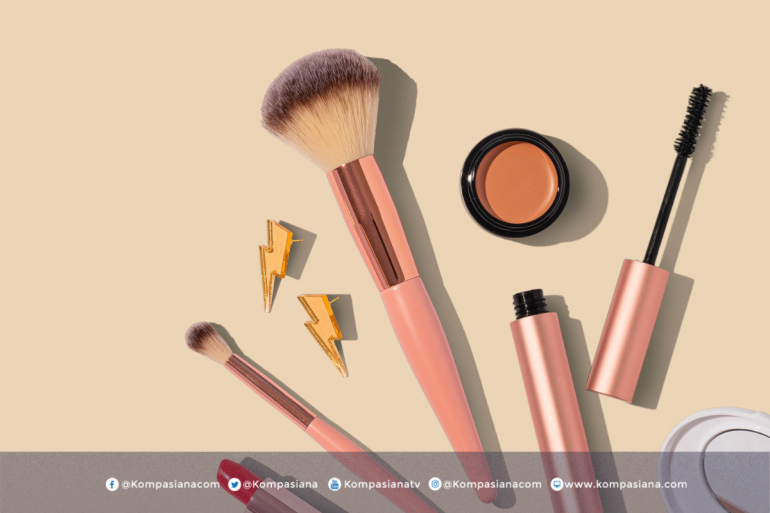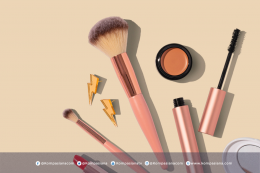As far as the world is becoming more technological, it can be stated that even industries that were considered as artistic or traditional one can gin dramatic change. Jewelry is one of such industries. Whether it is 3D printing, augmented reality or any other technology at the forefront, it is changing what and how we design, buy and even feel emotionally attached to jewelry.
Jewelry is more than decoration, and it has always had its place in human culture, as a symbol, indicating love or commitment, success, or status. However, today, it is also a strong crossroad between creativity and technology.
The Rise of Digital Jewelry Design
Among the revolutionary effects that the technology has had in the jewelry industry is the design process. Modern jewelers have turned to adopting Computer-Aided Design (CAD) software as a standard. Designers are not required to sketch their ideas on papers anymore as they can now design complex, detailed 3D models of rings, necklaces and bracelets. This enables the creation of perfect symmetry, measurements and realistic impression of metals and gemstones.
Think of creating a bespoke engagement ring piece at the comfort of your home. A few clicks are used to change the cut, color and setting of the gemstone and see a real 360-degree model. Instead of making several visits to a jeweler, now this occurs in real-time on the Internet.
Besides, the CAD software automates the production system. Once the design is done, it can be directly given to a 3d printer and form a wax model. This accelerates the prototyping process and gives the customer an idea of what his jewelry is going to look like before it undergoes final casting.
Augmented Reality and Virtual Try-Ons
One more thrilling innovation is the implementation of the Augmented Reality (AR) during online purchases of jewelry. Customers now have the possibility of virtually trying on pieces using smart phone applications. This is not only a better shopping experience but also helps to minimize the ambiguity of online shopping.
Imagine that you were shopping in a Swarovski necklace , and you get to view it in real-time on your neck using AR. The impact of lighting effects, reflections and proportions are simulated very realistically. With online sales on the rise, particularly after the pandemic, this kind of innovation is rapidly becoming the norm in e-commerce websites.
AI-Powered Recommendations
Artificial Intelligence (AI) is also modifying the way in which we find jewelry. Your browsing habits and taste have changed, too; these days quite literally not a button is pressed without smart recommendation engines analyzing your browsing behavior and style preferences in order to suggest suitable products to match your taste.
Thinking of asking? AI can propose engagement rings which align with his or her Pinterest boards or Instagram favorites. It may also suggest supplementary jewelry such as a Swarovski necklace that compliments the same.
It is the personalization that makes shopping more effective and emotionally saturated. Instead of scrolling through hundreds of selections, wholesalers provide buyers with a clear-cut set of products reminiscent of something tailor-made.
Blockchain, and Ethical Jewelry
Modern consumers are becoming more and more conscious of transparency and ethics. The answer is found in technology too. The same technology used to develop cryptocurrencies which is blockchain is now being used to trace the origin of gemstones and metals.
With a QR code, consumers can trace the entire supply chain of their jewels- the mine where a diamond was mined to the artisan who made the finished product. This degree of traceability is used in fighting with such unethical activities as conflict diamonds and child labor.
or any couples who purchase engagement tackles, it is good to know about the history behind their gem as this gives both sense and security. What was at first a trend has become a necessity, and what makes ethical sourcing verifiable is technology.
The Future is Wearable Smart Jewelry
Other than ornamentation, jewelry is also turning functional. There are clever rings and bracelets which measure your health including pulse rate, level of stress and sleep patterns. Others even become digital wallets or keys to smart homes.
These are not quite as attractive as a Swarovski necklace but then the merging of beauty with practicality is only in its early stages. Designers are trying to seamlessly combine old standards of luxury materials, such as gold, platinum, and Swarovski crystals and more recent elements, such as microchips and sensors.
The results? Jewelry that doesn't just glitter, it links, educates, and empowers.
Emotional AI and Digital Heirlooms
Emotional AI is one of the most interesting new frontiers. Other companies are still trying out rings or lockets that react to any particular emotional state based on biometric information. Consider a necklace that will be warm when it feels you are stressed and it will give a feeling of being comfortable.
Moreover, the digital heirlooms are the new type of thing. Imagine leaving an object carved with your voice or photos or even memories as opposed to just passing it down as a simple gold bracelet. Not only you should leave your jewelry to future generations, but a physical relationship with you as part of AI and cloud storage.
Conclusion: Meeting of Art and Innovation
Technology does not eliminate beauty or emotion of jewelry-it is adding to it. With bespoke engagement rings to interactive Swarovski necklaces, it has never been easier, more ethical and more individual to wear the jewels of technology.
It is also possible to see that deeper blending of technology with tradition awaits us in the future. Jewelry is not only going to shine; it is going to react, interact, and adapt, the real mark of the era we live in.
Next time you fall in love with a necklace or think about purchasing a ring, then, perhaps, you should consider that there is probably more code than a craft.
Follow Instagram @kompasianacom juga Tiktok @kompasiana biar nggak ketinggalan event seru komunitas dan tips dapat cuan dari Kompasiana. Baca juga cerita inspiratif langsung dari smartphone kamu dengan bergabung di WhatsApp Channel Kompasiana di SINI







